Malcolm Dunnett
| Preface. |
Steam PorfolioMalcolm DunnettCHESTER-LE-STREET | 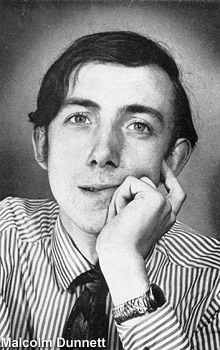 |
I began railway photography in 1957, although not to the extent that I now wish, considering how much the railways have changed from then until the early 1960s. For the last few years I have used a Super Baldax 2 1/4 in square camera, which was second-hand, and a Mamiya C3 twin-lens reflex. I am firmly a lover of steam locomotives; my aim has been to record the steam railway scene before it vanished completely. In today's world, when all machines tend to be enclosed in a metal box and do nothing very interesting to observe, a machine such as the steam locomotive, which consumes coal and water and breathes forth smoke and fire is obviously of great intrinsic interest. Items of decaying splendour always tend to be most photogenic and this applies to our once-vast 19th century railway system as well as its locomotives. I try to recapture some of the "atmosphere" of 19th century England in my photographs, the dirt and grime, as well as the elegance and pride. My own home area, County Durham, is well provided with a wide variety of railways, from the ancient colliery wagonways to the East Coast main line, which used to have such beautiful engines for its express trains. Of course they have gone now but even though the last BR steam locomotive departed from here a year or more ago North East England still retains what is probably the largest concentration of industrial steam engines in the country. As for the future, the next year or so will no doubt be spent in recording NCB engines, which will not last forever - colliery closures are bringing about their demise at a most unpleasant rate - and the European railways, some of which are keeping a degree of steam operation for a few years longer than BR. There should thus be enough of interest to keep myself and other similarly-minded photographers busily occupied for the next five years or so. After that I will have to think of something else to amuse myself, for it would never do to take pictures of diesels! | |
| Malcolm Dunnett 1 Newcastle Central on August 8, 1964; an A3 bound for Edinburgh meets a J27. |
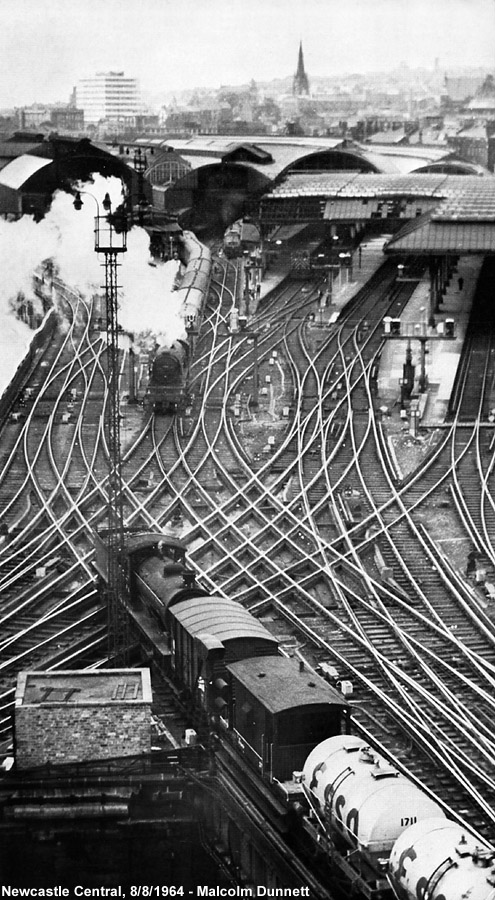
| Malcolm Dunnett 2 Crosti-boilered 2-10-0 N. 92022 pauses for water at Huddersfield on July 8, 1967. |
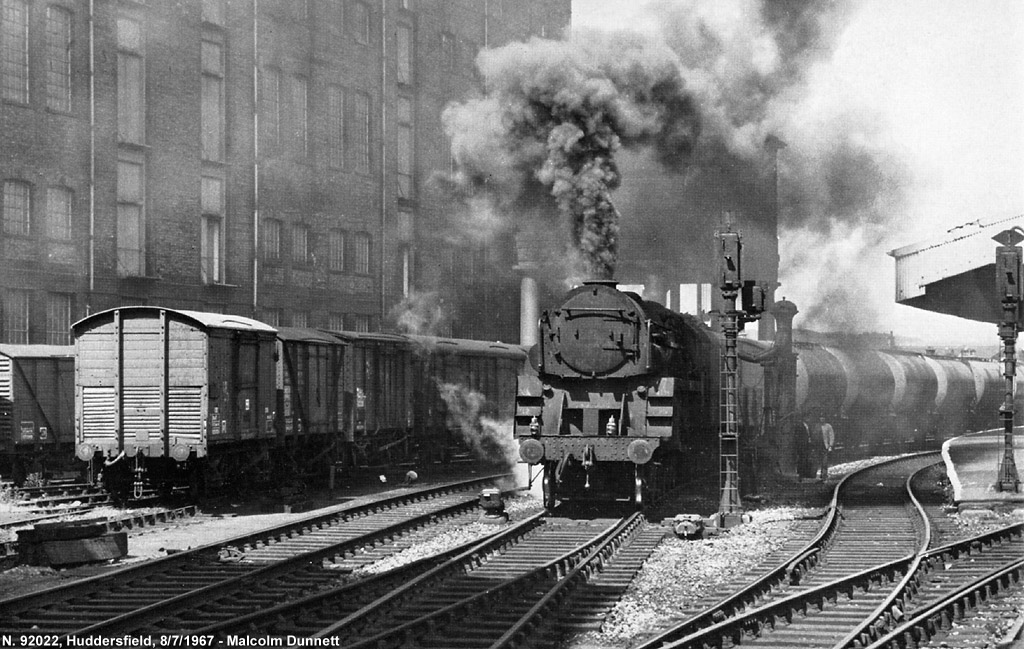
| Malcolm Dunnett 3 Class J27 0-6-0 No. 65811 passes Ryhope Colliery with coal empties from Sunderland to Silksworth on July 28, 1967. |
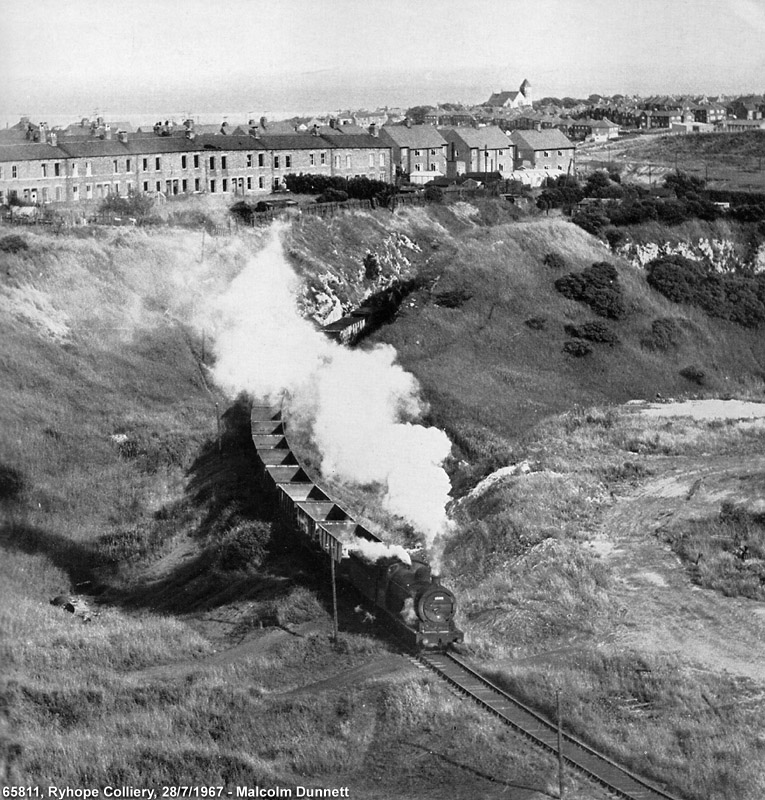
| Nuovo! Malcolm Dunnett 4 Thank Engines Front Ends. Spanish narrow gauge veterans at Carcagente on September 16, 1967. |
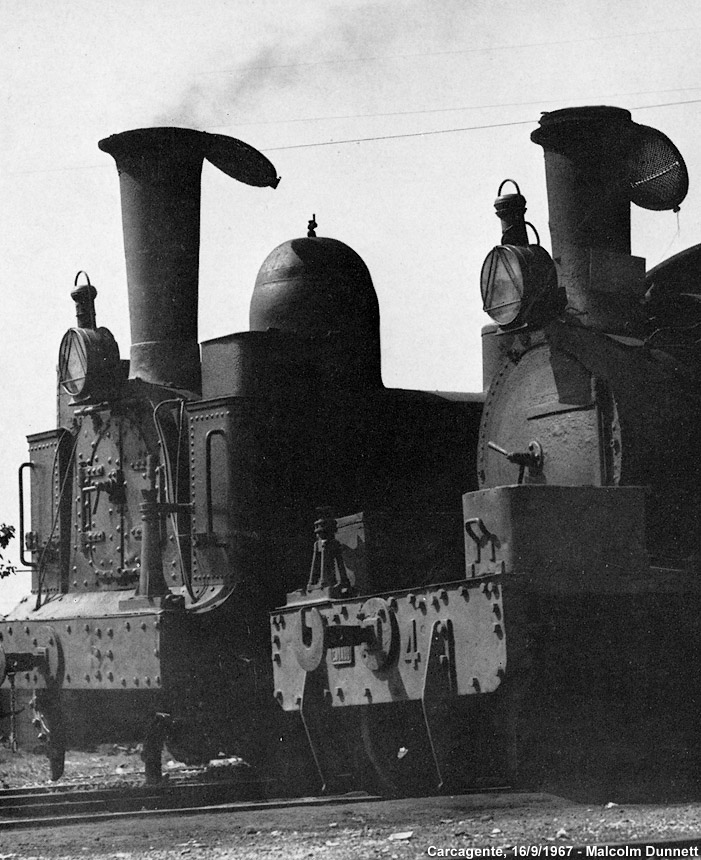
| Nuovo! Malcolm Dunnett 5 NCB 0-60PT No. 42 near Derwent-haugh Coke Works, Co. Durham. |
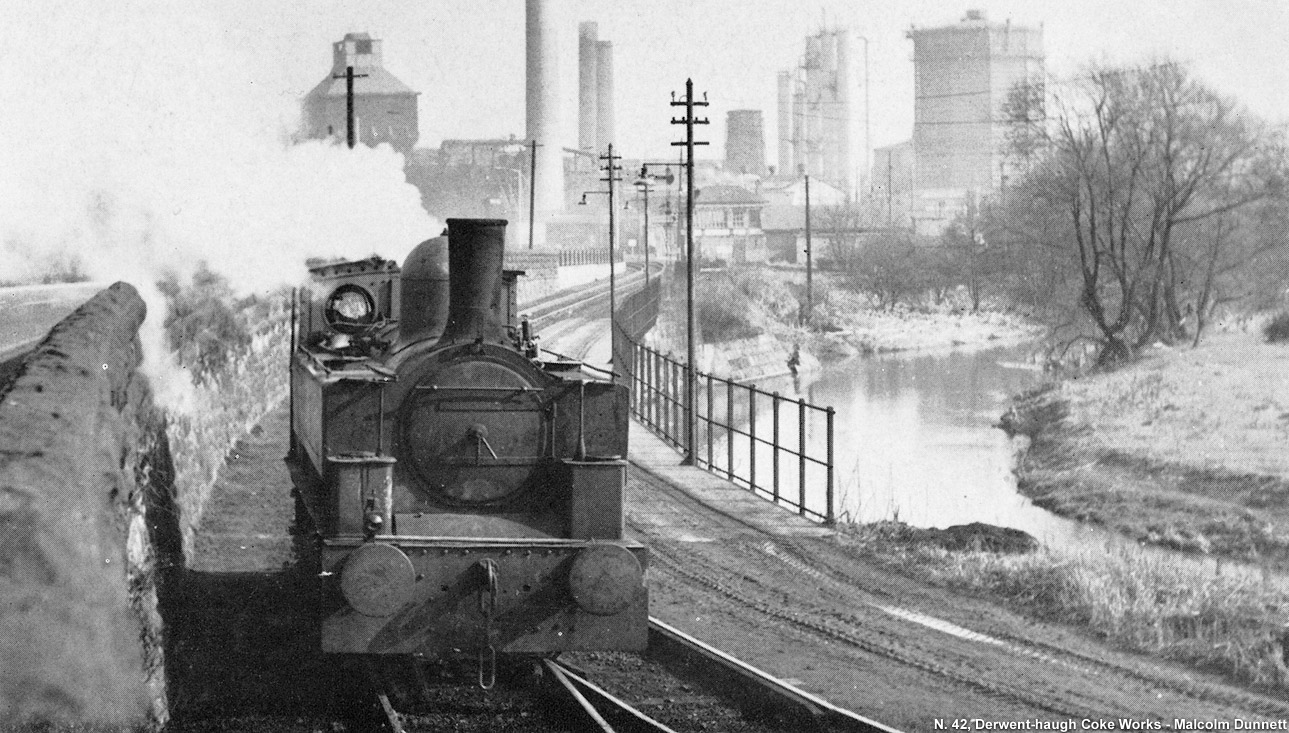
| Nuovo! Malcolm Dunnett 6 Vale of Rheidol 2-6-2T No. 7. |
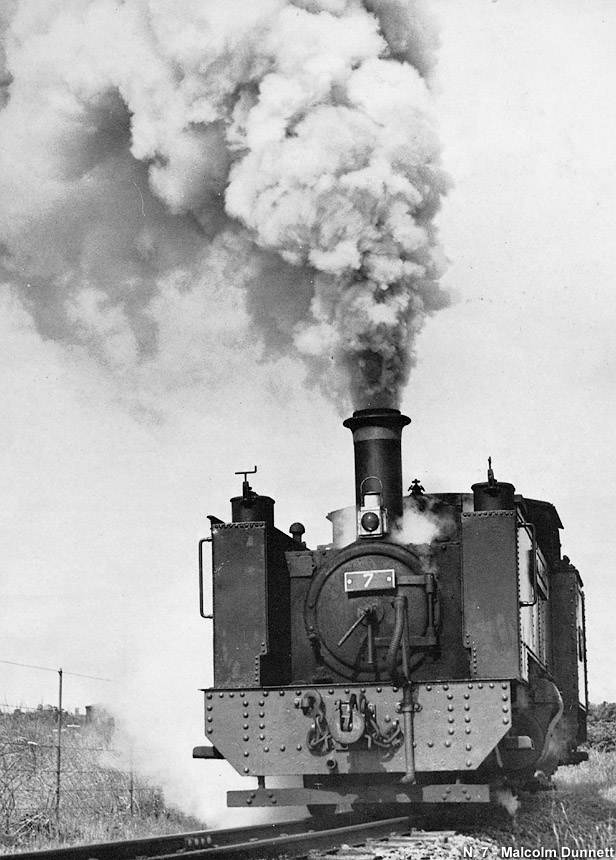
| Malcolm Dunnett 7 Stanier 2-6-4T No. 42616 arrives at Halifax with the Saturday 9.06 Bradford-Poole on June 24, 1967. |
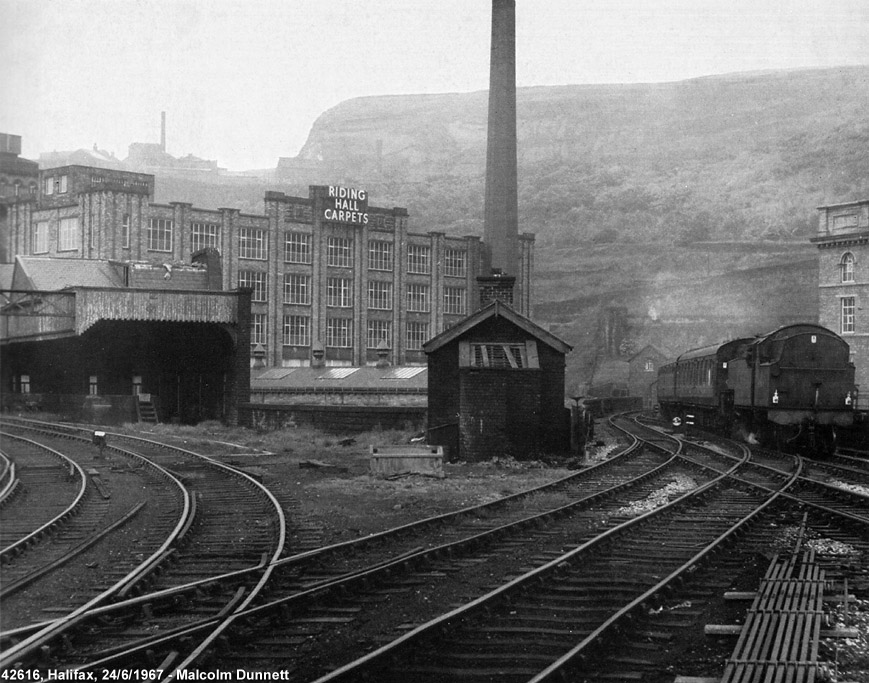
| Malcolm Dunnett 8 NCB 0-6-0STs at Philadelphia, Co. Durham, on December 1, 1965. |
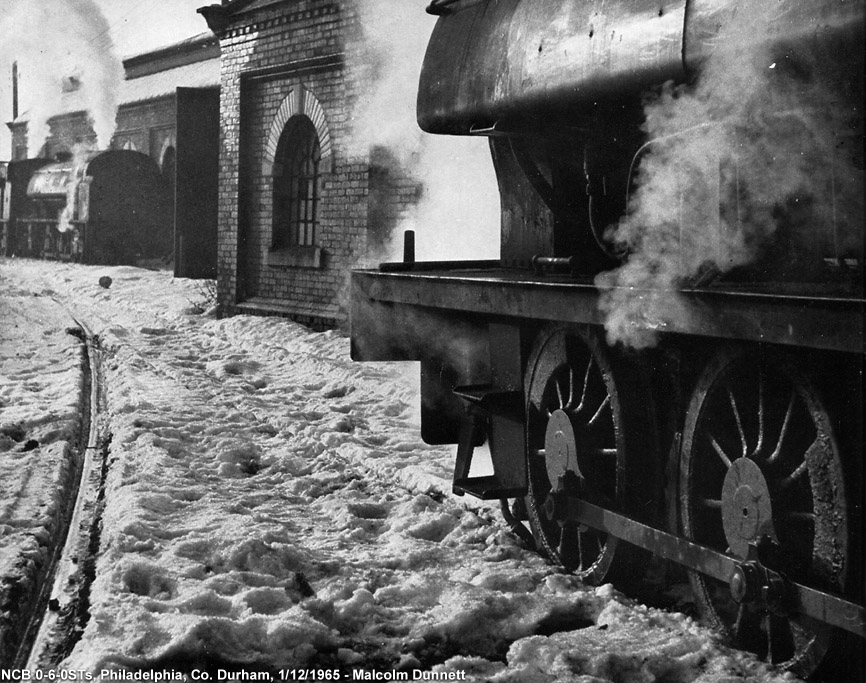
| Malcolm Dunnett 9 Class K1 2-6-0 No. 62060 climbs out of Pelton with a train of steel components for Consett in March 1963. |
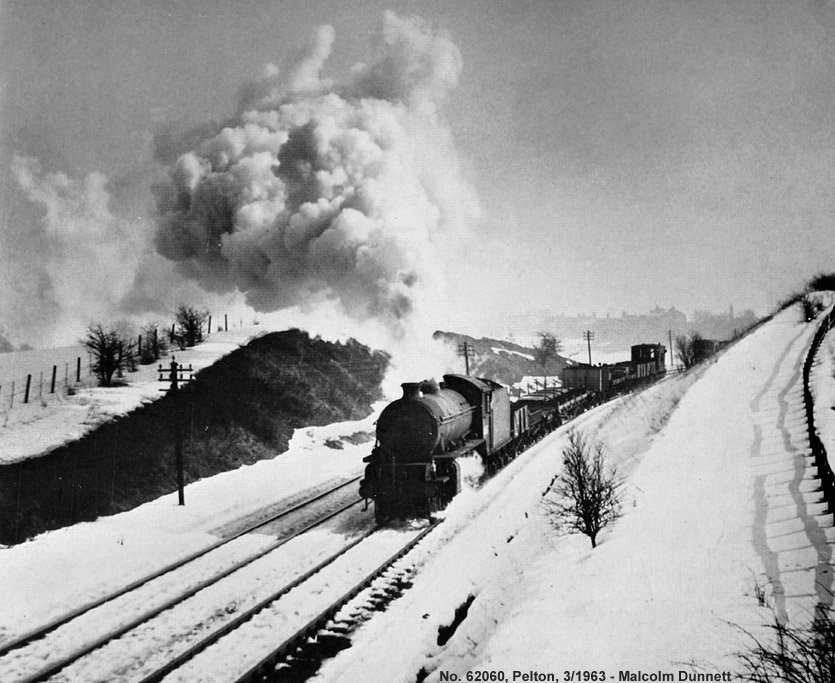
Ian Krause
| Preface. |
Steam Porfoliolan KrauseKENTON | 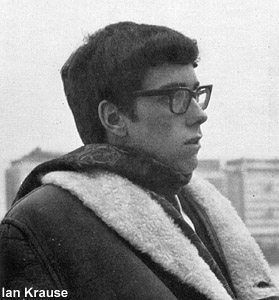 |
I started railway photography in 1959 at the tender age of 11; however it was not until 1961 that I began to take a serious interest in the subject, and obtained a cheap Japanese 35mm camera. However, I was not satisfied by the limitations of the negative format and bought instead a secondhand Agfa Isolette in 1963. Schoolwork naturally tended to curb my activities, but I managed to cover a great deal of the country during these years. By 1966 the Agfa was beginning to show signs of age so I moved on to a Rolleicord VA, which has given trouble-free service and excellent definition. I have also used a Praktica Nova with 105mm and 300mm lenses which supplement the Rollei, providing a different aspect for many shots. At present I am on a three-year full time course at the Harrow School of Photography, which has brought a wider knowledge of camera and processing techniques; this in turn has led me to take a wider look at the field of railway photography. I prefer the industrial scene - Tyneside, the West Riding, and Lancashire for example - but I am equally happy sunning myself in the Lune Gorge (not on the Shap Wells mound) or on the Continent. But, above all, I find the most enjoyable part is the social life which the "after hours" work brings - the Newcastle Brown Ale at the Ribblehead Inn or the Old George in Newcastle, conferences in the street, at Plymouth or Leeds, at 5 in the morning, refreshment at Charnock Richard on the burn-up on the M6, and, most of all, the personalities who bring the laughs to railway photography. | |
| Ian Krause 1 Privately-preserved LNER Class A3 Pacific No. 4472 climbs away from Kings Cross on the 40th anniversary special non-stop run to Edinburgh on May 1, 1968. |
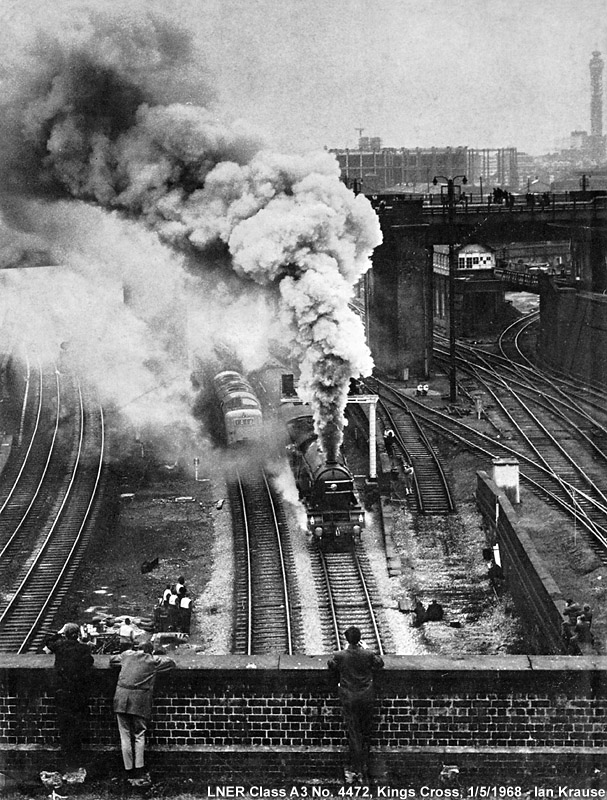
| Ian Krause 2 A Class Q6 0-8-0 climbs Seaton Bank with coal empties for South Hetton in August 1967. |
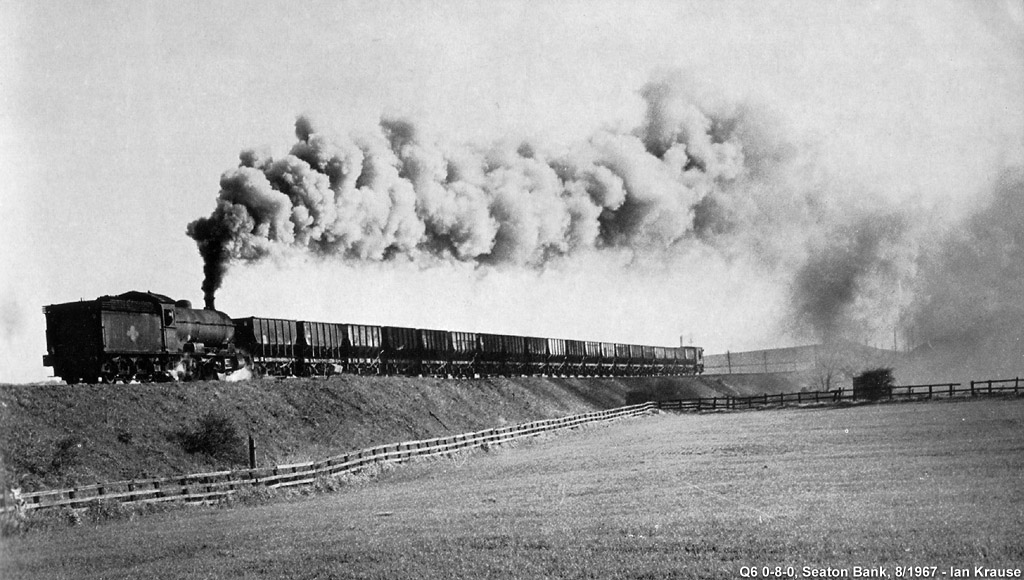
| Nuovo! Ian Krause 3 North-East Bridges. The Tyne bridges at Newcastle; "Jubilee" 4-6-0 No. 45562 on the "Ashington Flyer" crosses the King Edward bridge in the distance. |
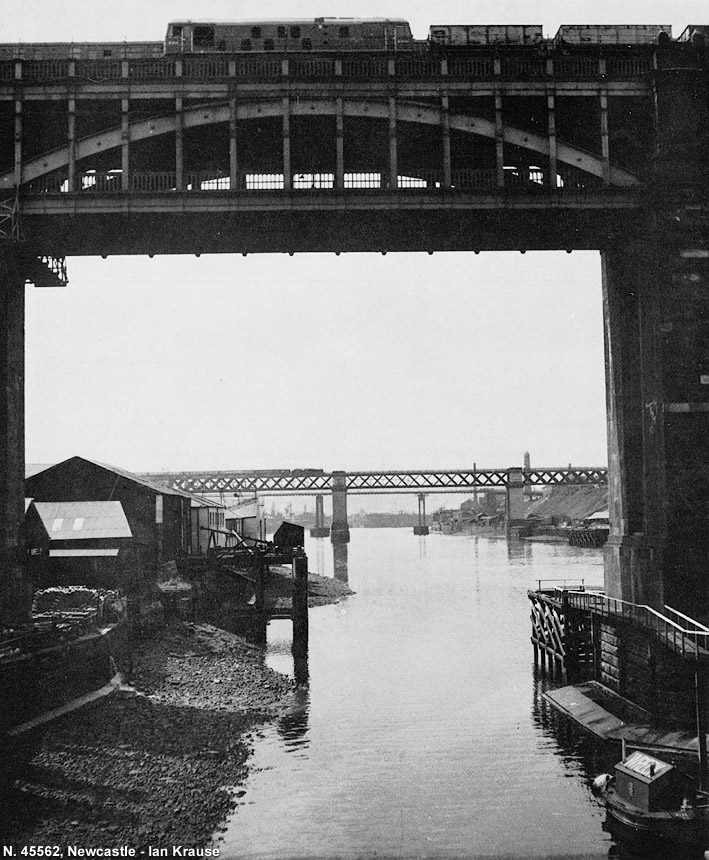
| Nuovo! Ian Krause 4 Privately-preserved Class A4 Pacific No. 60019 Bittern crosses the River Alne near Alnmouth with a Leeds-Edinburgh railtour on November 4, 1967. |
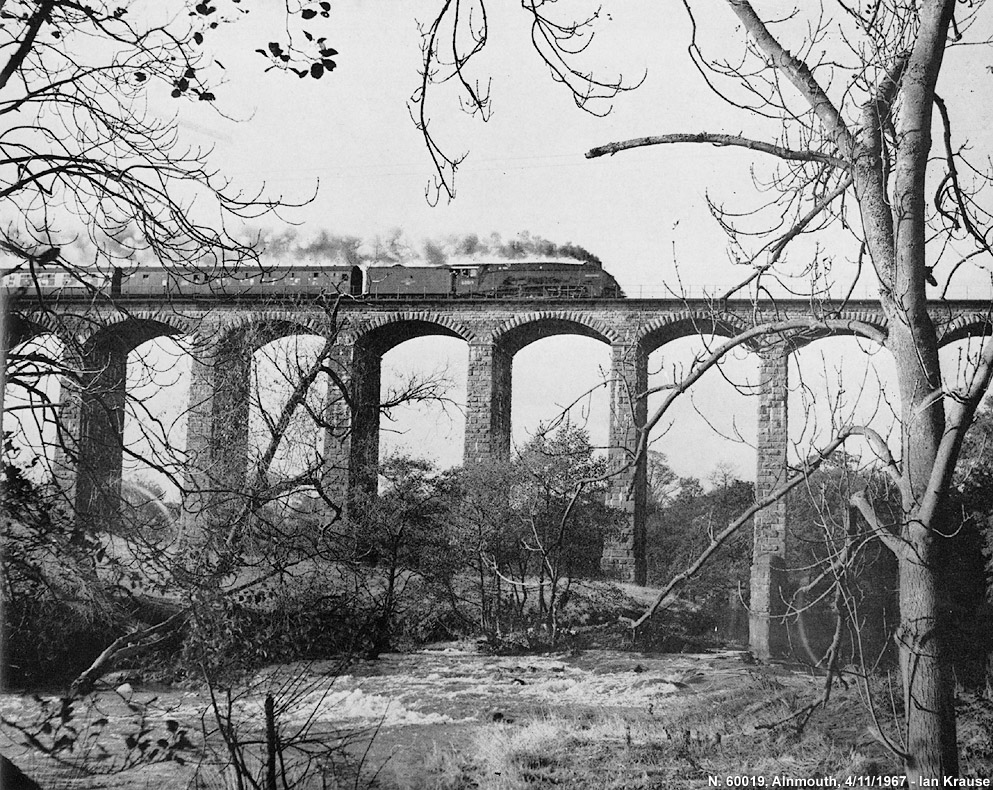
Foto 1-15/57 ^ Indice ^ Pag. successiva >>